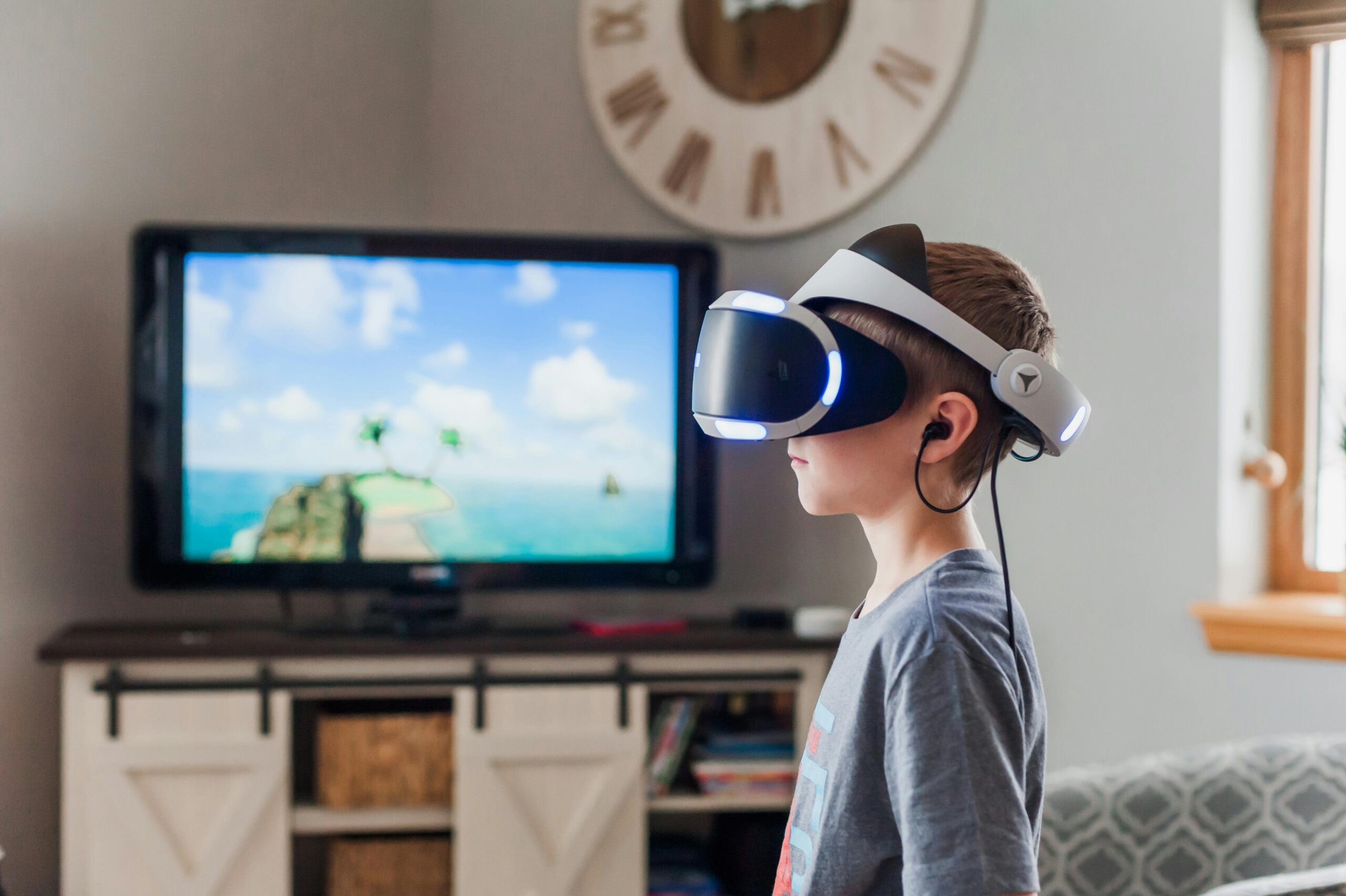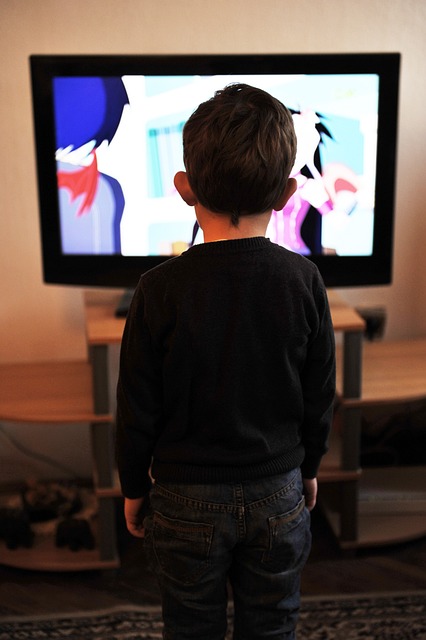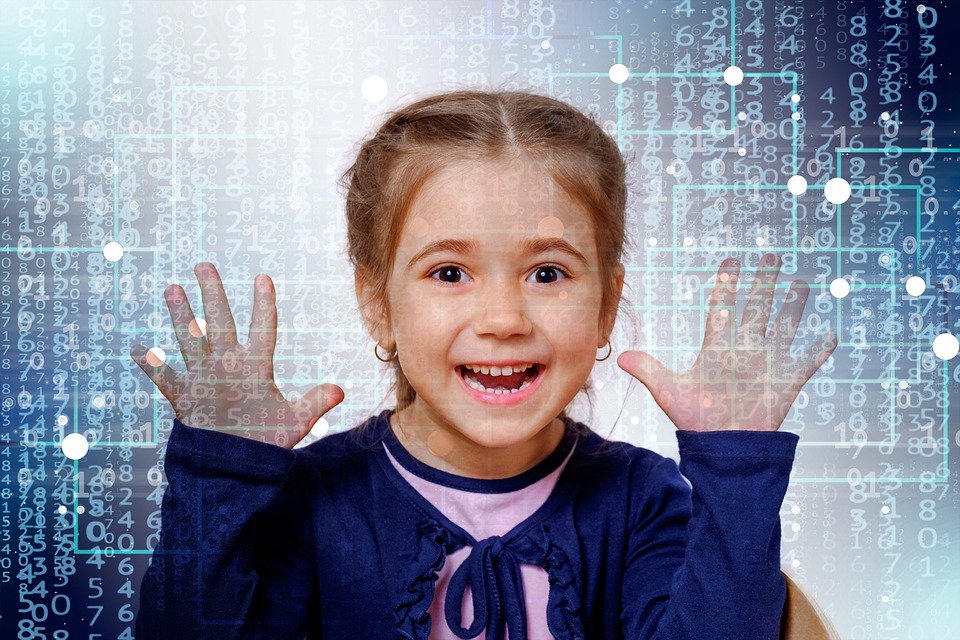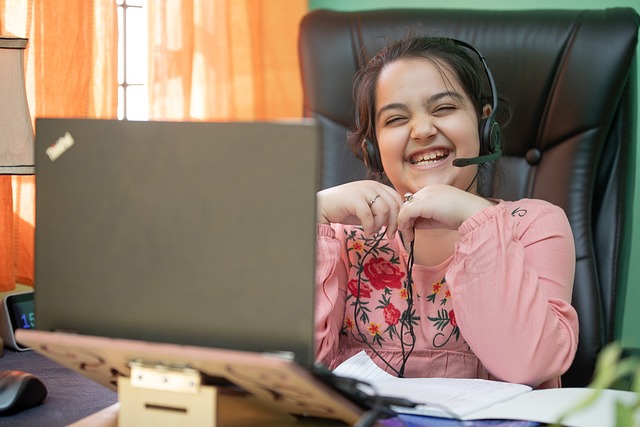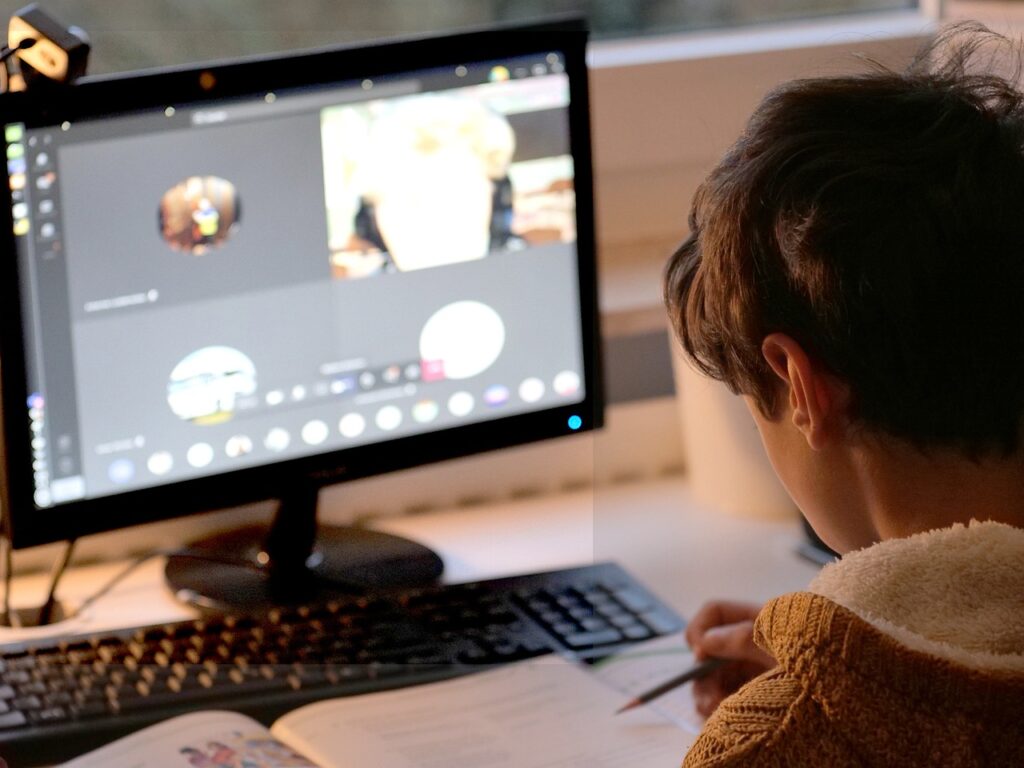Children and Virtual Reality Safety: Ensuring a Protected Experience

Virtual reality (VR) technology offers children an immersive experience, blending education and entertainment like never before. However, this rapidly evolving tech presents potential risks, making safety a priority for parents. VR headsets and devices are often designed for adults, with few guidelines specific to young users. Exposure to VR for extended periods can lead to discomfort, eye strain, or even motion sickness in children. Moreover, the immersive nature of VR may blur the line between reality and the virtual world, affecting a child’s ability to distinguish fantasy from real-life interactions.
To protect children, experts recommend limiting their VR exposure to short, supervised sessions. Parents must ensure that children use age-appropriate content and that they are in a secure physical environment where they won’t accidentally bump into obstacles while immersed in virtual worlds. Monitoring their usage is essential for avoiding excessive screen time and any potential negative physical or psychological effects.
Parental Control for Virtual Worlds: Managing Content and Usage
With the growing popularity of virtual worlds, parental control features have become essential for guiding children’s use of technology. These virtual platforms often allow for social interaction and the exploration of vast, user-generated environments, which may contain inappropriate content. Parental control tools are designed to limit access to mature content, monitor screen time, and supervise in-game interactions to prevent exposure to harmful influences.
Parents should explore the parental settings within VR platforms and ensure that they are activated. Additionally, communication is key—talking to children about the potential dangers they may face online, like inappropriate language or bullying, can empower them to make safer choices. Encouraging open dialogue also helps kids feel comfortable approaching parents when they encounter problems in virtual spaces.
Beyond technical controls, creating clear boundaries around VR use—such as time limits or restricted access to certain games—reinforces the importance of balance between digital entertainment and other life activities.
Virtual Reality’s Impact on Child Development: A Double-Edged Sword

Virtual reality is revolutionizing the way children learn, providing interactive environments that enhance education and creativity. However, its impact on child development must be carefully considered. On the positive side, VR can stimulate a child’s imagination, enhance problem-solving skills, and provide hands-on learning experiences that might be difficult to replicate in a traditional classroom. For example, children can explore the solar system, ancient civilizations, or underwater ecosystems, all from the comfort of home.
That said, excessive use of VR can hinder key developmental processes, such as social interaction, motor skills, and attention spans. While children are engrossed in the digital world, they may miss out on real-life experiences essential for developing fine motor skills, empathy, and effective communication. The potential for VR addiction also looms large, particularly as virtual spaces grow more realistic and engaging.
To mitigate these risks, parents should strike a balance between virtual and physical activities. Engaging children in real-world tasks and encouraging them to interact with peers outside the virtual realm can help counterbalance any negative effects on development.
Social Interaction in Virtual Worlds: New Frontiers for Friendships and Social Skills

One of the most compelling aspects of virtual worlds is their ability to facilitate social interaction. In virtual reality, children can collaborate on projects, participate in group games, or simply socialize with friends from around the globe. These interactions can help children develop communication skills, teamwork, and creativity. For introverted or socially anxious children, virtual environments may offer a less intimidating way to build friendships.
However, the downside is that these interactions are often devoid of the non-verbal cues, emotional expressions, and physical proximity that are crucial for real-life socialization. Virtual environments may limit a child’s ability to interpret body language, tone, or other subtleties of human communication, potentially hindering their social development.
To foster well-rounded social growth, it’s important for children to spend time in both virtual and real-world settings. Encouraging playdates, sports, or family activities helps them build the emotional and social skills needed for face-to-face interactions.
Effects of Virtual Reality on Children’s Behavior: The Good, the Bad, and the Manageable

Virtual reality’s profound immersion can significantly influence children’s behavior. On the positive side, VR can cultivate curiosity, improve spatial awareness, and even foster empathy by allowing children to experience situations from different perspectives. Educational VR programs, for instance, might simulate life in another country or put children in the shoes of historical figures, helping them develop a broader worldview.
On the flip side, the high stimulation levels in VR can sometimes lead to overstimulation and behavioral issues. Children who spend too much time in virtual environments may become more prone to irritability or find it difficult to transition back into the real world. Furthermore, the fast-paced, reward-driven nature of many VR games can reduce attention spans and patience, especially when it comes to tasks that don’t offer immediate gratification.
To maintain healthy behavior, parents should monitor not only the amount of time spent in VR but also the type of content their children are engaging with. Choosing educational, age-appropriate experiences and ensuring regular breaks will help manage potential negative behavioral impacts.
Conclusion: Balancing Virtual and Real for Healthier Development
While virtual reality offers many benefits for children—ranging from enhanced learning to creative social interaction—it is crucial for parents to stay vigilant. By establishing firm boundaries, encouraging real-life social experiences, and actively monitoring their child’s use of VR, parents can ensure that this powerful technology supports healthy development. Virtual worlds hold immense potential, but the key is to use them responsibly, maintaining a balance between immersive digital experiences and the tangible, real-world interactions that are essential for a child’s growth.


